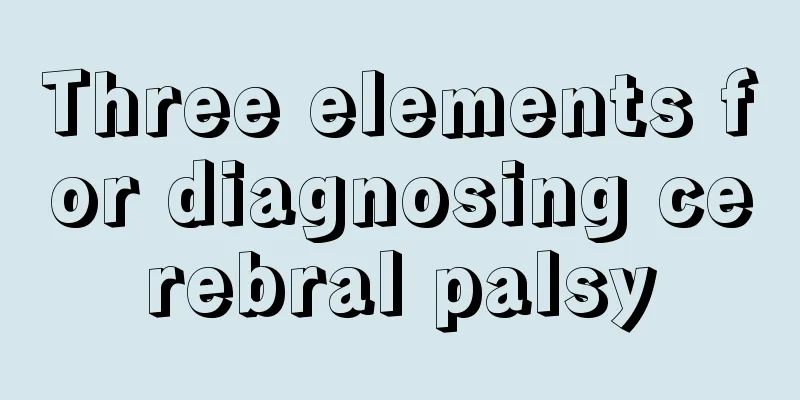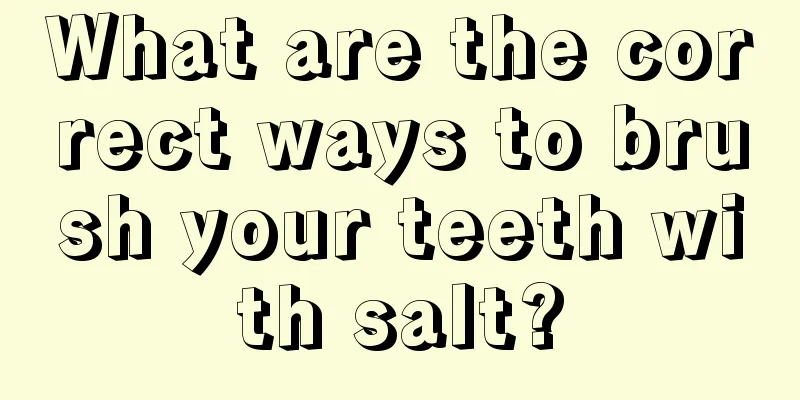Three elements for diagnosing cerebral palsy

|
Cerebral palsy is a disease that causes great harm. The incidence rate in newborns is relatively high. If a child has cerebral palsy, it will have a great impact on the child and his family. It will also have a great impact on the child's future life and work. If a child shows certain symptoms of cerebral palsy, he must be examined in time and the diagnosis must be careful. Let us understand the three elements of cerebral palsy diagnosis. Cerebral palsy It refers to a syndrome of poor brain function caused by non-progressive, permanent (changeable) brain damage to the fetus due to various reasons before birth, during birth or within one month after birth. The symptoms of children with cerebral palsy are mainly central movement disorders and abnormal posture. Cerebral palsy is not a single disease, but a syndrome caused by brain damage. Epilepsy, intellectual disability, abnormal behavior, emotional disorders, mental disorders, central visual and auditory disorders, language disorders, etc. are no longer considered complications of cerebral palsy, but as the inevitable result of brain damage. Abnormal movements and posture are just one aspect. Regarding the definition of cerebral palsy, scholars from different countries have different discussions at different times, but no matter which definition is used, it has the following three elements, and the diagnosis of cerebral palsy must also meet these three elements. Three elements of cerebral palsy diagnosis 1. Developmental cerebral palsy is caused by damage to the brain during growth and development. Adults with cerebral hemorrhage may also present with the same symptoms but are not diagnosed with cerebral palsy. 2. Non-progressive lesions are non-progressive and the clinical symptoms are also non-progressive. Some symptoms of cerebral edema and brain tumors are progressive. 3. Permanent cerebral palsy is not a transient disease. Although it can change and improve through systematic rehabilitation treatment, various functional disorders will accompany the patient throughout his life. People with encephalitis may experience movement disorders, but these will disappear as the encephalitis heals. |
<<: Does inward-turning thumbs necessarily mean cerebral palsy?
>>: How children with cerebral palsy behave when they grow up
Recommend
The harm of hair dyeing for middle-aged and elderly people
As middle-aged people age, their hair often turns...
What are the symptoms of renal hamartoma? The symptoms of different degrees of renal hamartoma vary.
Renal hamartoma does not have significant symptom...
Avoiding marriage and childbearing at an advanced age is one of the ways to prevent breast cancer
Usually, women need to pay more attention to thei...
What can’t yellow peach be eaten with
Yellow peach is a fruit rich in various vitamins....
Common early symptoms of skin cancer include these
Skin cancer can make people's skin look very ...
What's wrong with blisters on toes
Sometimes we find blisters on our toes. Why do we...
What are the late stage symptoms of liver cancer? Let me tell you some common symptoms of liver cancer
Liver cancer is a malignant tumor that is relativ...
The correct way to apply honey on your face
Many people like to make some facial masks at hom...
What does a positive hepatitis B surface antibody mean?
If the test results show that the hepatitis B sur...
What should I do if chili oil splashes on my white clothes?
Many people in life like to wear white clothes. C...
What are the symptoms of middle and late stage prostate cancer in the elderly
Prostate cancer is a common tumor in society, and...
What to do if the face bones are big
In life, many people find that when they appear i...
How to choose a Chinese medicine hospital that is good at treating gastric cancer
Gastric cancer is one of the most common malignan...
What are the five cardiac functions?
In daily life, we always emphasize the need to ch...
Is a 50-year-old woman worried about her lipoma turning into cancer? The doctor will teach you how to judge
Mr. Wang is 50 years old this year. He lived a pe...









